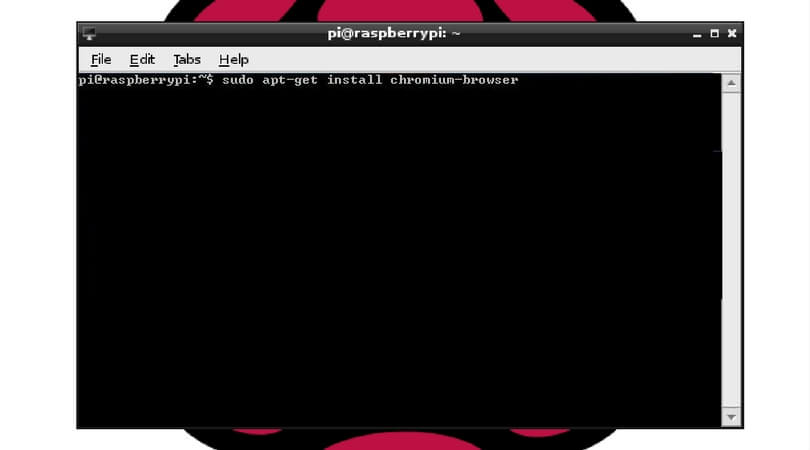

- Raspberry pi system monitor command line install#
- Raspberry pi system monitor command line zip file#
- Raspberry pi system monitor command line archive#
- Raspberry pi system monitor command line software#
appdb - This directory is used on the Pi and contains internal Java libraries
Raspberry pi system monitor command line archive#
The Oracle Java ME Embedded ZIP archive consists of four directories: Instead, they are sent to the Developer Agent, which transmits all communication to and from the Oracle Java ME Embedded executable on the Raspberry Pi board. Commands that are sent to the board from the Windows desktop are no longer sent directly across the network. With version 8, the user has the option to run a Developer agent on the desktop side under Windows. Version 8 of the Oracle Java ME Embedded contains a different architecture than previous versions.

Remember this IP address it will be used in the next set of steps. This is necessary so you can access and control the board remotely. Then, run the ifconfig command to display the Pi's IP address. Login if necessary, and if you're using the desktop, start a LXTerminal. If you wish, perform an update, start the ssh server, and set the graphical desktop to automatically start, then press Finish. Note that the default user name is " pi", and the default password is " raspberry". Use the left-right arrow keys to select OK or Cancel. Use the up-down arrow keys to make a menu choice. Next, a configuration program ( raspi-config) runs, which helps you expand the filesystem partition on the SD card, configure the keyboard, timezone, reset the default password, and several other useful system items. If the Linux installation was successful, the Raspberry Pi will boot and obtain a DHCP address.

The blinking green light indicates that the Raspberry Pi is booting Linux. The red light on the Raspberry Pi should glow, then in a few seconds, the green light should blink. For more information, see (Unix).Įject or unmount the SD card from the desktop computer.Ĭonnect the RJ-45 network cable, monitor, keyboard, and mouse.Ĭonnect power to the Pi. There are a number of utilities that will perform this action.įor the Windows operating system, you can use the Disk Image Writer utility located at to perform this task.įor the Mac platform, use the RPi-sd Card Builder located at. Instead, it is akin to "burning" a disk image onto a CD-ROM or DVD-ROM. Note that this is not the same as copying the file to the base-level directory on the SD card. Mount the SD card to the desktop, and use a utility to write the disk image file to the SD card. Unzip the distribution file, which creates a single disk image (.
Raspberry pi system monitor command line zip file#
If you have not already done this, use the following steps:ĭownload the Raspbian "Wheezy" hard-float (Debian Linux) Raw Image ZIP file to your desktop from the following site:
Raspberry pi system monitor command line install#
To develop on the Raspberry Pi board, you must first download and install the Wheezy variant of Raspbian Debian Linux on the Pi board. Do not use a high speed SD card, as it may be too fast for the Raspberry Pi board.Īn ethernet cable with an RJ-45 connection, as well as a connection to a network with a DHCP server.Ī terminal emulation program, such as PuTTY, if you wish to connect to the board using the Application Management System (AMS) interface. If necessary for your monitor, an HDMI to DVI video cable or adapter.Īn SD card of 2 GB or greater.

Note that the power supply must have a micro-USB type B connector, not a regular USB or mini-USB connector.Ī USB keyboard and mouse, as well as a monitor. The Oracle Java ME Embedded 8 distributionĪ micro-USB power supply of. The following items are required for developing on the Raspberry Pi board:
Raspberry pi system monitor command line software#
This chapter describes installing the Oracle Java ME Embedded 8 software on the Raspberry Pi board, installing and using the Developer Agent on the desktop host, configuring the Java ME Embedded system, connecting to the Raspberry Pi using a secure shell, and installing and running an Oracle Java ME Embedded application. Beta Draft: 1 Running on the Raspberry Pi Board


 0 kommentar(er)
0 kommentar(er)
